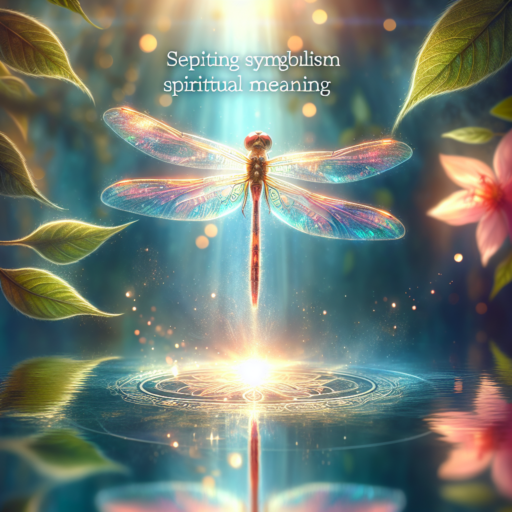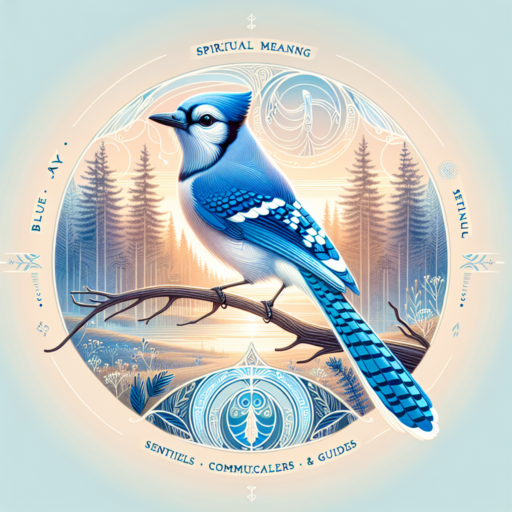Introduction: The Ancient Wisdom of the Praying Mantis
The praying mantis spiritual meaning has fascinated humanity for centuries. Dwelling at the crossroads of nature, mythology, and inner transformation, this exquisite insect carries with it a wealth of ancient wisdom and symbolic insights. Many cultures have looked upon the mantis as a mediator between the physical and the spiritual world. Today, we are here to unlock the praying mantis spiritual meaning and to delve deeply into its symbolism, uncovering the multifaceted lessons wrapped in its delicate form.
In this comprehensive article, we explore the prying insights of ancient traditions, the symbolism embedded in nature, the profound spiritual message behind the creature’s posture, and the relevance of this symbolism in modern life. Whether you come from a background of meditation, mysticism, or simply as a seeker of nature’s secret narratives, the praying mantis symbolic insights provide an invitation to re-examine your path, reconsider your purpose, and embrace change with profound acceptance.
From early tribal practices to modern spiritual practices, the unlock the praying mantis spiritual meaning journey reveals a rich tapestry of insights that continue to inspire and transform individuals. Throughout these pages, you will discover ancient myths, meditative practices, and even practical rituals designed to embrace the mantis’s message of transformation, patience, and intuition.
The Historical and Cultural Significance of the Praying Mantis
Across various civilizations and generations, the mantis symbolism has been a subject of great reverence and contemplation. Historical records show that diverse cultures have attributed distinctive spiritual qualities to the insect, celebrating it as a potent symbol of intuitive power and inner wisdom.
Ancient Civilizations and Their Mantis Myths
The ancient wisdom carried by the praying mantis has been recorded in the lore of cultures such as the Egyptians, the tribes of Africa, and the indigenous peoples of the Americas. In many ancient texts and oral traditions, the mantis is identified as a spiritual guide—a creature that embodies the connection between the earth and the divine.
- Egyptian Culture: In Egypt, the mantis was considered capable of bridging the mortal realm with the afterlife, symbolizing regeneration and the eternal cycle of life and death.
- African Traditions: Tribal narratives from various regions in Africa emphasize the mantis as a harbinger of transformation, offering guidance during times of great personal and community shifts.
- Native American Legends: Among many native cultures, the praying mantis is revered as a teacher of stillness, helping individuals to find clarity through meditation and introspection.
These diverse mythologies provide not only a historical outlook on the praying mantis spiritual meaning but also a context for understanding the timeless nature of its symbolism. The inherent qualities of patience, precision, and the stillness of prayer inspire anyone willing to heed its quiet message.
The Mantis as a Symbol of Patience and Focus
One of the most prominent aspects of the mantis symbolism is its embodiment of patience and focus. In nature, the praying mantis remains motionless for long periods, patiently waiting for the opportune moment to capture its prey. This behavior has long been seen as a metaphor for meditation and the power of observation in one’s personal spiritual journey.
In spiritual circles, the emphasis on patience is often linked to the idea that every great achievement requires time and persistence. The mantis teaches that by cultivating an inner calm, and by practicing mindfulness, one can gain the clarity required to make wise decisions and to seize moments of opportunity with precision.
Symbolic Meaning and Spiritual Insights
Delving deeper into the praying mantis spiritual meaning, we find rich layers of symbolism touching on transformation, awareness, and the delicate balance between movement and stillness. The mantis stands as a living reminder of the essential truths of existence: that every ending heralds a new beginning, and that silence can be as powerful as sound.
The spiritual meaning of the mantis extends beyond its physical form, acting as a metaphor for the journey of the soul. Its unique posture—with folded limbs reminiscent of prayer—symbolizes an ongoing dialogue between the conscious mind and the divine. This dialogue forms the essence of many spiritual practices that seek to bridge the gap between the everyday and the transcendent.
In exploring the ancient wisdom found in nature, many modern practitioners have come to see the mantis as an emblem of personal evolution and energetic balance.
Spiritual Transformation and Awakening
An essential aspect of unlocking the praying mantis spiritual meaning is its connection to spiritual transformation and inner awakening. The creature’s deliberate and mindful movements are a vivid reminder that the path to enlightenment is often slow but meaningful. This symbolism is a call to embrace change, to observe the cycles of life, and to allow personal growth to occur naturally over time.
The mantis’s form—kneeling in silent prayer—suggests that one must sometimes pause and reflect. It is in these moments of contemplation that a person can discover the hidden truths of existence. Each evanescent moment of stillness, much like the mantis’s poised vigil, is an opportunity to innerly listen to the wisdom of the universe.
Intuition as a Guiding Force
The spiritual insights of the praying mantis also strongly emphasize the role of intuition. As a creature that spends much of its life in a state of focused stillness, it is often seen as a symbol of inner knowing and heightened awareness. This intuitive aspect is critical to understanding the broader spiritual message embedded in its very being.
The mantis spiritual meaning implores us to trust not just our logical decisions, but also our instinctive impulses. In a world inundated with distractions, the quiet persistence of the praying mantis offers a beacon of hope—a reminder of the benefits of stepping back from external pressures and allowing one’s inner voice to guide the way.
Unlocking the Secrets of the Praying Mantis in Nature and Modern Life
As we transition from ancient symbolism to contemporary application, the diverse interpretations of the praying mantis spiritual meaning continue to offer guidance. In many modern practices, the mantis inspires new methods to reach mental clarity, motivates environmental stewardship, and provides insights into effective mindfulness techniques.
The modern seeker, much like ancient mystics, is encouraged to observe the natural world—not just as a backdrop, but as an active teacher offering tailored lessons on balance, patience, and strategic action. The natural grace of the praying mantis is mimicked in many modern meditative practices, urging practitioners to combine physical stillness with spiritual dynamism.
Connection to Nature and Our Inner Selves
By turning our attention to the natural world, we align ourselves with the inherent cycles and patterns that govern all life. The praying mantis becomes a mirror reflecting our inner landscape, highlighting our potential for growth and transformation. Its symbolic insights subtly remind us that nature’s rhythms can help us find balance in a chaotic world.
The process of unlocking the mantis spiritual meaning starts with an open heart and a willingness to learn from the simplicity and complexity of nature alike. By embracing the quiet lessons offered by this fascinating insect, one is invited to leave behind superficial distractions and to embrace a more profound, holistic approach to life.
In this regard, the mantis serves as a potent symbol for ecological awareness. For instance, many environmentalists have drawn inspiration from the insect’s subtle presence and its role in maintaining the balance of ecosystems. Learning from the mantis can help foster a greater respect for the quiet yet powerful processes that sustain our planet.
The Role of the Praying Mantis in Mindfulness and Meditation
Integrating the praying mantis spiritual meaning into daily mindfulness practices has become increasingly popular. Meditation practices that mimic the mantis’s state of poised quietude can benefit anyone looking to enhance their natural inner stillness. Guided meditations built around the themes of focus, patience, and intuitive clarity are especially valuable in today’s fast-paced environment.
Many spiritual teachers recommend visualizing the praying mantis during meditation sessions. This practice involves focusing on its graceful, slow movements and embodying its sense of calm determination. The idea is to internalize the energy of the mantis, allowing its spirit to fortify one’s resolve and sharpen intuition. Such meditative practices help cultivate a clearer mind and a deeper connection with the self.
The association between the mantis and meditation is also evident in its association with holistic healing. By examining the creature’s symbolism, individuals can learn to identify the quiet power within themselves—a power that often lies dormant until awakened by mindful exploration.
Praying Mantis in Art, Myth, and Literature
The influence of the praying mantis spiritual meaning is far-reaching, extending well into the realms of art, mythology, and literature. Over the centuries, artists and writers have drawn upon the mantis’s symbolic form to represent various aspects of human experience, from the delicate balance of existence to the universal mysteries of life and death.
In many cultures, the mantis appears as both a literal subject in art and a metaphorical motif. Its distinctive posture and unexpected grace have made it a favorite among illustrators,



